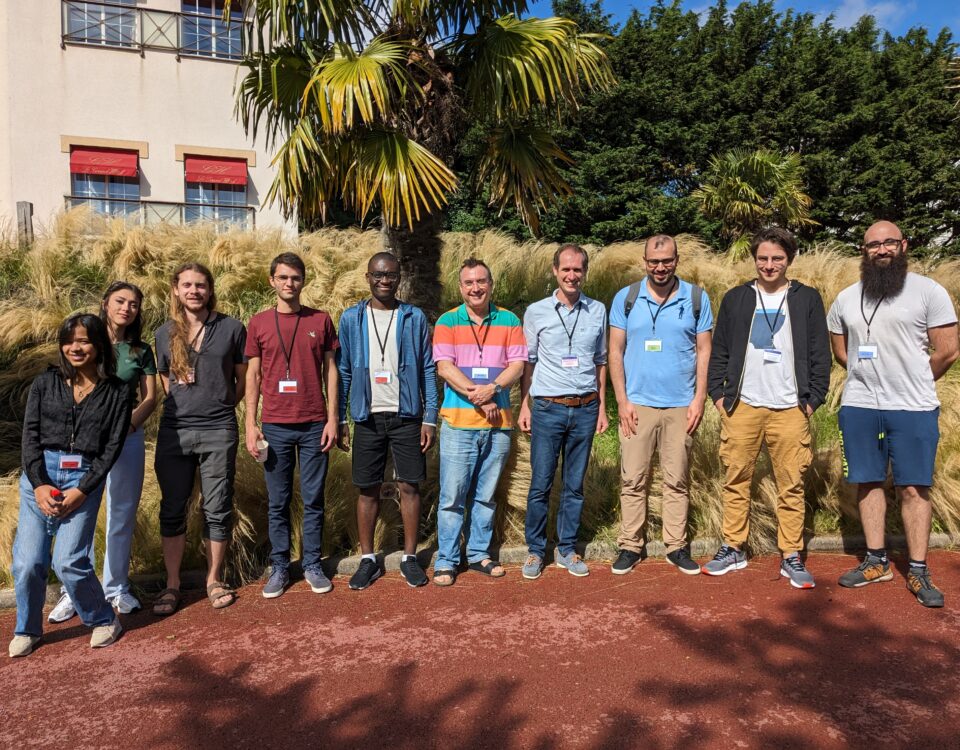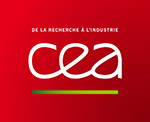SOME FIGURES FROM THE PALANTIRI PROJECT
DURATION (MONTHS)
ESTIMATED PROJECT COST
EUROPEAN PARTNERS

PROJECT SUMMARY
PALANTIRI
Phase-sensitive Alteration of Light colorAtioN in quadri-parTIte gaRnet cavIty
Making long-distance quantum communication more efficient
Quantum computer networks will require transduction of quantum information between the microwave frequencies (at which the machines operate) and the optical (telecom) frequencies (the optimal scale for information sharing over long distances). However, quantum signals are extremely fragile, meaning that coherence between the microwave and optical frequencies is easily lost. The EU-funded PALANTIRI project aims to create a microchip that will convert the microwave frequency electrical signals into optical signals. The idea is to combine microwave photons, acoustic phonons, magnons and optical photons into a single platform to build a high-efficiency device for quantum transduction. Researchers will create a resonator made of yttrium iron garnet, which will enhance the interaction of all four parts with the final goal of a unity conversion rate.
This opportunity has recently emerged from progress in material science, which allows the fabrication of freestanding micron-size slabs of ultra-high quality magnetic insulator yttrium iron garnet. The suspension greatly suppresses any leakage of phononic or photonic oscillating energy through the substrate. PALANTIRI’s scientific objectives are to deliver within 42 months a proof of principle on-chip analog coherent frequency converter with high efficiency. The delivered phase-sensitive device will provide the breakthroughs needed to achieve a radical expansion of the connectivity capacity of a backhaul network for enabling high-speed internet access for everyone from any location. It will also provide the elementary brick to build the quantum-ready internet infrastructure of the future.








